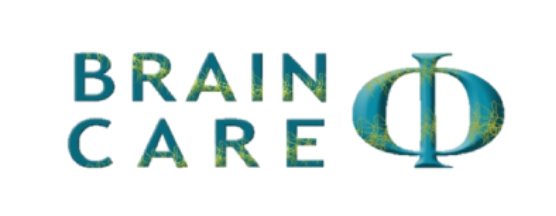
Trauma and PTSD
What is Trauma and Post-Traumatic Stress Disorder (PTSD)?
Post-Traumatic Stress Disorder (PTSD) is a mental health condition that can develop after a person experiences or witnesses a traumatic event such as a natural disaster, sexual or physical assault, military combat, or a serious accident. The symptoms of PTSD can include recurrent and intrusive thoughts about the traumatic event, avoidance of places, people, or activities that remind the person of the traumatic event, and increased anxiety, irritability, or depression.
Trauma refers to a deeply distressing or disturbing experience that can result in physical or psychological harm. Trauma can come in many forms, including physical trauma, such as a car accident, or emotional trauma, such as childhood abuse or neglect. People who have experienced trauma may develop PTSD, or they may develop other mental health conditions such as depression, anxiety, or substance abuse.
It is important to seek professional help if you are experiencing symptoms of PTSD or if you have a history of trauma. Treatment can include therapy, medication, and support from friends and family. By getting help, individuals can learn to manage their symptoms and regain a sense of control over their lives. With the right support and treatment, individuals with PTSD and trauma can go on to lead happy, healthy lives.
Counselling for Trauma and PTSD
Counselling, Cognitive Behavioural Therapy (CBT), and Eye Movement Desensitization and Reprocessing (EMDR) are all effective forms of treatment for PTSD.
Counselling provides a safe and supportive environment for individuals to talk about their traumatic experiences and to process their feelings and thoughts. CBT focuses on changing negative thought patterns and behaviours that may be contributing to symptoms of PTSD.
EMDR uses eye movements or other forms of bilateral stimulation to help individuals process and reduce the distress associated with traumatic memories. The theory behind EMDR is that by processing traumatic experiences in a controlled and therapeutic environment, individuals can reduce the emotional charge associated with their memories and reduce symptoms of PTSD.
Neurofeedback for treating Trauma and PTSD
Studies have found that neurofeedback can help reduce symptoms such as anxiety, depression, and intrusive thoughts, which are commonly associated with PTSD. Additionally, some studies have reported that neurofeedback can improve sleep, which is often disrupted in individuals with PTSD.
The goal of trauma-focused neurofeedback is to help shift people from a hyper-aroused state to a calmer one so that they can experience a sense of safety and react more appropriately to everyday events. Neurofeedback protocols are determined by the findings of qEEG or Brain Mapping, as trauma and PTSD can affect each individual differently.
There have been many studies showing that neurofeedback can help with symptoms of PTSD. Some have even shown that neurofeedback can change brain function of PTSD patients on imaging or fMRI. Furthermore, the level of symptom improvement in most of these studies has been significant. In fact, the effect size with neurofeedback in many studies has been greater than any medication used for PTSD.
Each of these treatments has been shown to be effective in reducing symptoms of PTSD and can be used in combination with one another for maximum benefit. If you or your loved one has experienced trauma or is living with PTSD, and are ready to get support, contact our psychology clinic in Tweed Heads, where counselling is available for children, teens, adults, couples and families. Often the first step is the hardest, but Brain Care is here to support you through the rest of your journey.
WHO WE HELP
Anger Management
Eating Disorders
Peak Performance
Trauma and PTSD
Contact Us

